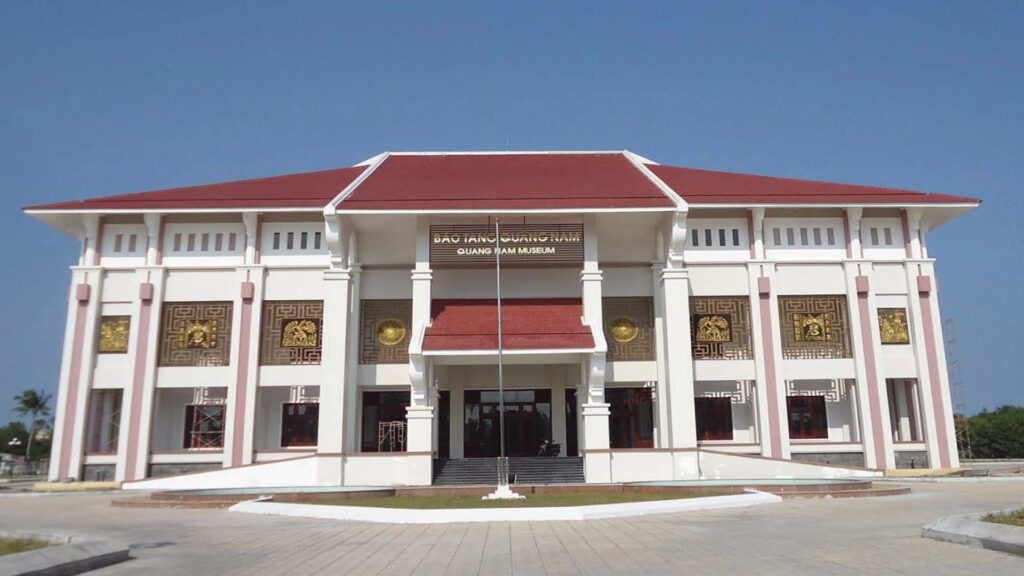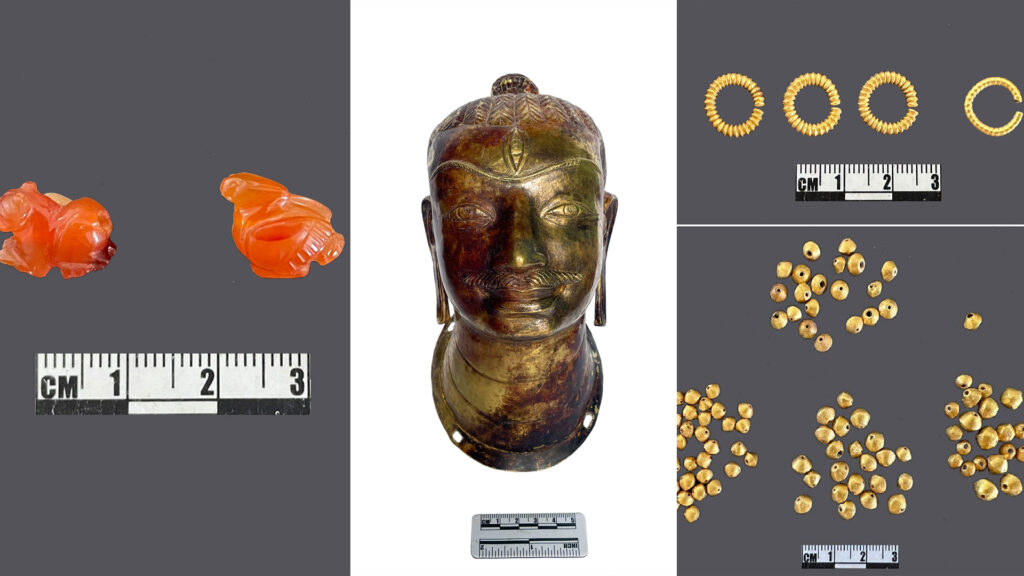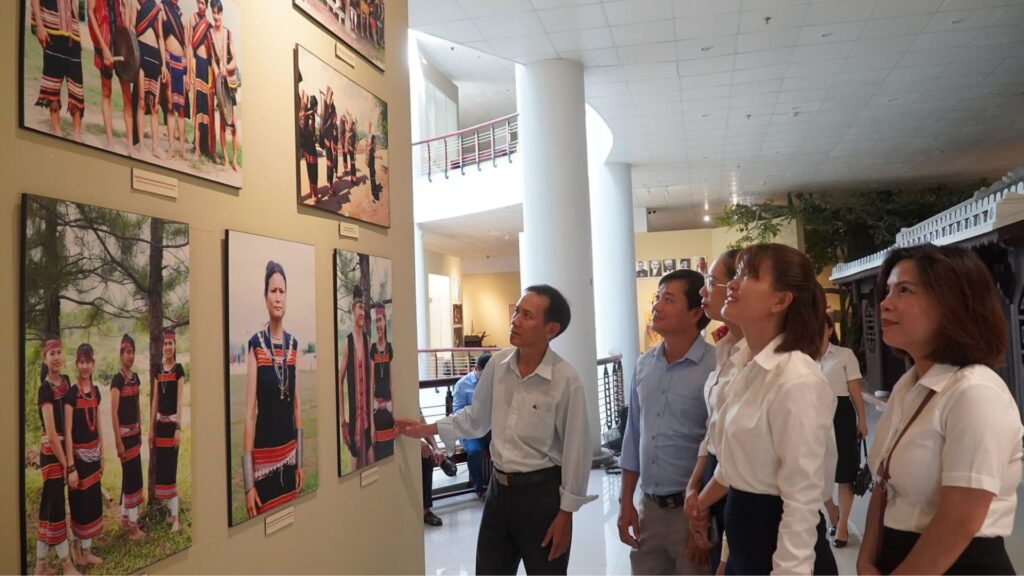The Da Nang Museum – Branch 2 serves as a cultural repository, preserving and exhibiting valuable historical and cultural artifacts that reflect the rich heritage of the Quang region.
Da Nang Museum – Branch 2 (formerly Quang Nam Museum) was inaugurated and put into operation on the occasion of the 40th anniversary of the Liberation of Quang Nam Province (March 24, 1975 – March 24, 2015). After Quang Nam Province was merged into Da Nang City, the museum became one of the three facilities of Da Nang Museum (including: Da Nang Museum at 42–44 Bach Dang and 31 Tran Phu Streets, Hai Chau Ward; Da Nang Fine Arts Museum at 78 Le Duan Street, Hai Chau Ward; and Da Nang Museum – Branch 2 at 281 Phan Boi Chau Street, Ban Thach Ward).

EXHIBITION SPACE AND EXHIBITS
The museum has three floors, with a total land area of approximately 22,000 m². This includes 1,305 m² of outdoor display space, a 1,004 m² sculpture garden of notable figures, and a 2,164 m² reconstructed cultural space of the ethnic groups living in Da Nang. The indoor exhibition area covers 2,700 m², including themes on natural characteristics and resources, Vietnamese ethnic cultures, and history and society. Additionally, there is a special exhibition area for political and cultural events.
The museum currently preserves more than 30,000 valuable artifacts that reflect the rich history and culture of the Quang region, including three national treasures: Agate bead shaped like an animal from the Lai Nghi burial site; Head of the Hindu god Shiva; Collection of gold jewelry from the Lai Nghi burial site.

The three National Treasures, displayed from left to right, are: Agate bead shaped like an animal from the Lai Nghi burial site; Head of the Hindu god Shiva; Collection of gold jewelry from the Lai Nghi burial site.
Artifacts from prehistoric and protohistoric periods include stone tools, bronze drums, jar burials, and Sa Huynh jewelry. Sandstone, ceramic, and terracotta artifacts showcase Champa culture, such as dancer statues, male deities, praying figures, and the serpent god Naga.
A major section of the museum is dedicated to the revolutionary struggle tradition, displaying numerous documents, weapons, and objects associated with local resistance movements such as the Quang Nam people’s resistance against the French, the Nghia Hoi movement, the Duy Tan reform movement, and the tax resistance movement. The exhibits also highlight the revolutionary spirit of “bravery and resilience” in the victories of Nui Thanh, Cam Doi, and Thuong Duc.
Another exhibition area introduces the history and development of Quang Nam’s traditional craft villages, including Kim Bong and Van Ha carpentry, Phuoc Kieu bronze casting, Thanh Ha pottery, Lam Yen drum-making, Ban Thach mat weaving, Que Son sugar production, and Ma Chau silk weaving. The museum also showcases the traditional folk performing arts and spiritual beliefs of the Quang people, such as Bai Choi singing, folk songs, classical opera (Hat Boi), and rituals like the Whale Worship Ceremony, Ba Thu Bon Festival, and Ba Cho Duoc Festival.
A highlight of the museum is the Ethnology Exhibition Area, which attracts many visitors with photos, artifacts, and reconstructed spaces that depict the distinct features and cultural identities of ethnic minorities in the mountainous areas of Da Nang — including the Co Tu, Xe Dang, Gie Trieng, and Cor peoples…

It can be said that Da Nang Museum – Branch 2 is on its way to becoming an attractive destination, offering visitors opportunities to learn and explore the land and people of Da Nang.
VISITOR INFORMATION
Address: 281 Phan Boi Chau Street, Ban Thach Ward
Opening Hours: 07:30 – 11:00; 13:30 – 16:30 (Open daily)
Admission: Free
DANANG TOURISM PROMOTION CENTER